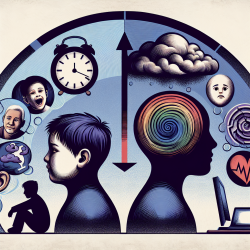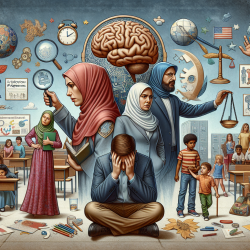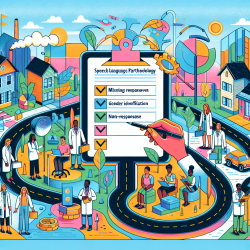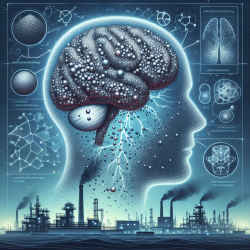Introduction
In the realm of mental health, the traditional binary model of diagnosing depression has been increasingly criticized for its limitations and potential negative consequences. Recent research, such as the study titled A distress-continuum, disorder-threshold model of depression: a mixed-methods, latent class analysis study of slum-dwelling young men in Bangladesh, offers a fresh perspective by proposing a distress-continuum model. This model categorizes depression into stages of wellness, distress, disorder, and refractory, providing a more nuanced understanding of mental health.
Key Findings of the Study
The study employed Latent Class Analysis (LCA) to classify a population of young men in Bangladesh into three distinct classes based on depressive symptoms: Severely Distressed, Distressed, and Wellness. The findings suggest that certain symptoms, such as levels of strain and difficulty making decisions, follow a continuum of severity. In contrast, more severe symptoms like anhedonia and concentration issues appear only in the severely distressed class.
Implications for Practitioners
For practitioners, especially those involved in online therapy services like TinyEYE, these findings underscore the importance of a tailored approach to mental health interventions. By recognizing the continuum of distress, practitioners can:
- Identify early signs of distress and provide timely interventions to prevent progression to more severe stages.
- Utilize LCA as a tool to better understand the specific needs of different patient groups, allowing for more personalized care.
- Incorporate qualitative assessments to gain deeper insights into the lived experiences of individuals, which can inform treatment plans.
Encouraging Further Research
The study highlights the potential of LCA in informing the staged model of depression, yet it also opens avenues for further research. Practitioners are encouraged to explore:
- The application of the distress-continuum model in diverse cultural contexts to validate its universality.
- The integration of network analysis to examine the role of central symptoms in the development of depression.
- The impact of early interventions on the progression of depressive symptoms along the continuum.
Conclusion
By adopting a distress-continuum model, practitioners can enhance their ability to deliver effective, individualized care. This approach not only aligns with the latest research but also offers a pragmatic framework for addressing the complex nature of depression. To read the original research paper, please follow this link: A distress-continuum, disorder-threshold model of depression: a mixed-methods, latent class analysis study of slum-dwelling young men in Bangladesh.










